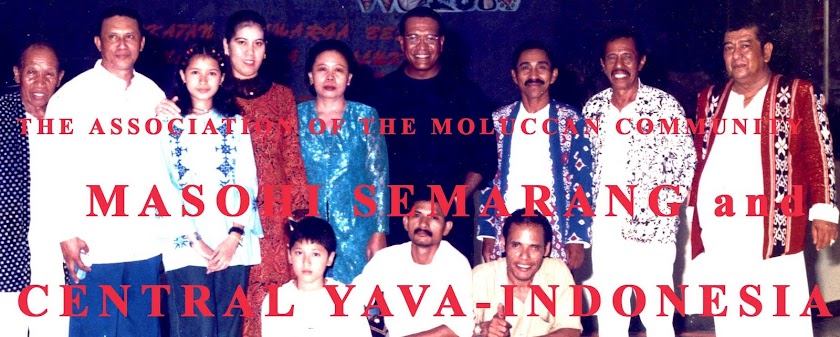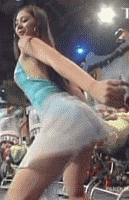Nusa Laut
Nusa Laut is located to the east of Ambon, about halfway across the southern coast of Seram. It is located in the Banda Sea, but does not form part of the Banda Islands. This rather picturesque island is a popular dive destination due to its very evident diversity of reef fish species, and its health and varieties of hard corals. No matter how many times you dive here, the amazing thing is that there always seems to be something new and different to see.

The wall drop off here is very deep, and if you look down you can identify some of the lesser known snapper species such as the pygmy snapper (silver with a yellow band on its tail), the red mangrove snapper, as well as huge Napoleon wrasse and silver sweetlips.
Purple dottybacks seem to live in every crag of the wall, mantis shrimps are here and nudibranchs too. Anook seems to be something of a snapper mecca, as the wall is also home to humpback snapper and blacktail snapper, as well as emperor angelfish, gilded triggerfish and the all-yellow canary wrasse. There's plenty of fish action too; swarms of small magenta and gold slender anthias create clouds of enticing snacks, and lunar fusiliers dart past, doing their best to avoid the attentions of bluefin trevallies and black trevally.
Above the wall in the shelter of the shallow reef flat, six-striped wrasse seek refuge in the finger and fire corals. There's a huge number of different leather coral species, and yellowtail damsels flitter in the bright water.
In the north east of Nusa Laut is the village of Amet. There's a reef slope to the south of the village and jetty, where you're likely to begin your dive with a descent onto the clear, sandy Banda Sea floor at 12 metres. The reef is not deep and there is no reason to go deeper than 25 metres except in search of sharks and Kuhl's bluespot stingrays.
The main reef slope is made of brain corals, pore corals, and small acropora and table corals, as well as vase, tube and barrel sponges. Featherstars root themselves to every available surface. There are just too many fish species to mention them all but some of the common ones to encounter include masked rabbitfish, bignose unicornfish, Pacific double-saddle butterflyfish, bluemasked angelfish, green-throat parrotfish, as well as some juvenile and smaller grouper species, and small schools of yellowfin goatfish.
From 12 metes upwards the stands of hard corals get bigger, and the topography is mixed with bommies, and stubbly sinularia leather corals and soft flower corals. Purple anthias proliferate in the open whilst juvenile catfish, razor wrasse, dartfish, split-banded cardinalfish all hide and aggregate in the shelters.
To the north of Amet Village jetty is a wall that drops to 45 metres, interspersed with channels, gullies and small caverns. Good-sized marble rays are often found on the sandy areas here. There are some great tube sponges specimens, thorny turquoise vase sponges and encrusting hard corals. Yellow damsel fish and pale-lipped surgeonfish are easy to spot by their large numbers, and the juvenile fusiliers that congregate here attract midnight snappers, large spotted sweetlips, rainbow runners, and bluespine unicornfish.
As you finish your dive on top of the wall you'll find some precariously balanced finger corals and staghorns. This area attracts a whole host of colourful Banda Sea anthias - threadfin and redfin, purple queens, all in delicate shades of violet, lavender, magenta, orange and cream.
The schools of fish may not be as large at Nusa Laut as they are in the Banda Islands, but the reef fish diversity certainly adds a further interesting dimension to Banda Sea liveaboards.
























0 komentar:
Post a Comment